Menstrual Cycle Phases and Hormones
Your menstrual cycle is basically the outcome of a failure to conceive. Every month your body prepares for pregnancy by releasing an egg in hopes of fertilization to occur to start the pregnancy process. If this does not occur then the egg will be excreted along with the endometrium lining which is made up of tissue and blood. Typically the length of time you bleed is called the period and it usually lasts 3-7 days. The entire menstrual cycle is on average 28 days but can anywhere between 21-35 days where day 1 is the day you start to bleed and the last day is the day before your next period.
Your menstrual cycle has four phases: menstrual, follicular, ovulation, and luteal. Each phase is accompanied by different levels of hormone production.
Here is what is happening to your hormones during your menstrual cycle phases:
1. Menstrual Phase
The menstrual phase is the first of the menstrual cycle phases and hormones are at their lowest point. This phase occurs on day 1 of the period, progesterone and estrogen are at their lowest point, and the uterine lining is shedding. Your energy may be the lowest during this time and your period blood should be a bright or dark red (kind of like cranberry juice). You may still be experiencing some leftover PMS symptoms during the beginning of this phase, like cramps, moodiness, and sore breasts. Though these symptoms are common, if they are life-disrupting or if they cause you to dread your period each month, it may be time to dig a little deeper and decipher what is going on with your hormones. Extreme PMS symptoms are not normal because they are signals that something is wrong and imbalanced with your hormones.
Source: NIH
2. Follicular Phase
The follicular phase is the second one of the menstrual cycle phases and hormones begin to rise. Once your period ends and you are no longer bleeding, you will enter this phase. Your other eggs in the ovary are currently immature (not ready to ovulate). So, your pituitary gland in the brain will receive a signal to send out the hormone FSH (follicular stimulating hormone) to tell the ovaries to start maturing a new egg. The follicles will mature an egg as estrogen and testosterone levels start to rise. Your energy, mood, and libido will rise in this phase as well. This phase is usually 5-7 days and once you ovulate the phase will end.
Source: NIH
3. Ovulation Phase
Ovulation is the third of the menstrual cycle phases and hormones will peak at this time. Ovulation is the shortest out of all the phases being only one day. As you approach ovulation, luteinizing hormone (or LH – another hormone the pituitary gland releases) is released and it tells the ovary to release the egg from the follicle. When the follicle releases, the leftover follicle is called a corpus luteum which helps to secrete progesterone. At this time the egg is in the fallopian waiting to be fertilized and all your hormones are at their peak levels to prepare for pregnancy. While the egg lives for 12-24 hours, your window for conception or to get pregnant is actually about 5-7 days because that is how long sperm can live.
Source: NIH
4. Luteal Phase
The luteal phase is the last of the menstrual cycle phases and hormones will peak and then decline. Once you have released the egg into the fallopian tube, the corpus luteum starts to produce progesterone. When the body recognizes that the egg has not been fertilized (you are not pregnant) all hormones start to fall, energy may decrease, and you may find you are in a more restorative, restful mindset. This is also the phase when you experience the most significant symptoms linked to PMS. Remember, PMS is common but not normal. If you are experiencing extremely painful cramps, headaches, fatigue, breast soreness, mood swings, these are all signs that you need to look into your hormone levels because something is imbalanced. When you start to menstruate again this phase is over and the menstrual phase will begin again, and the cycle continues.
Source: NIH







